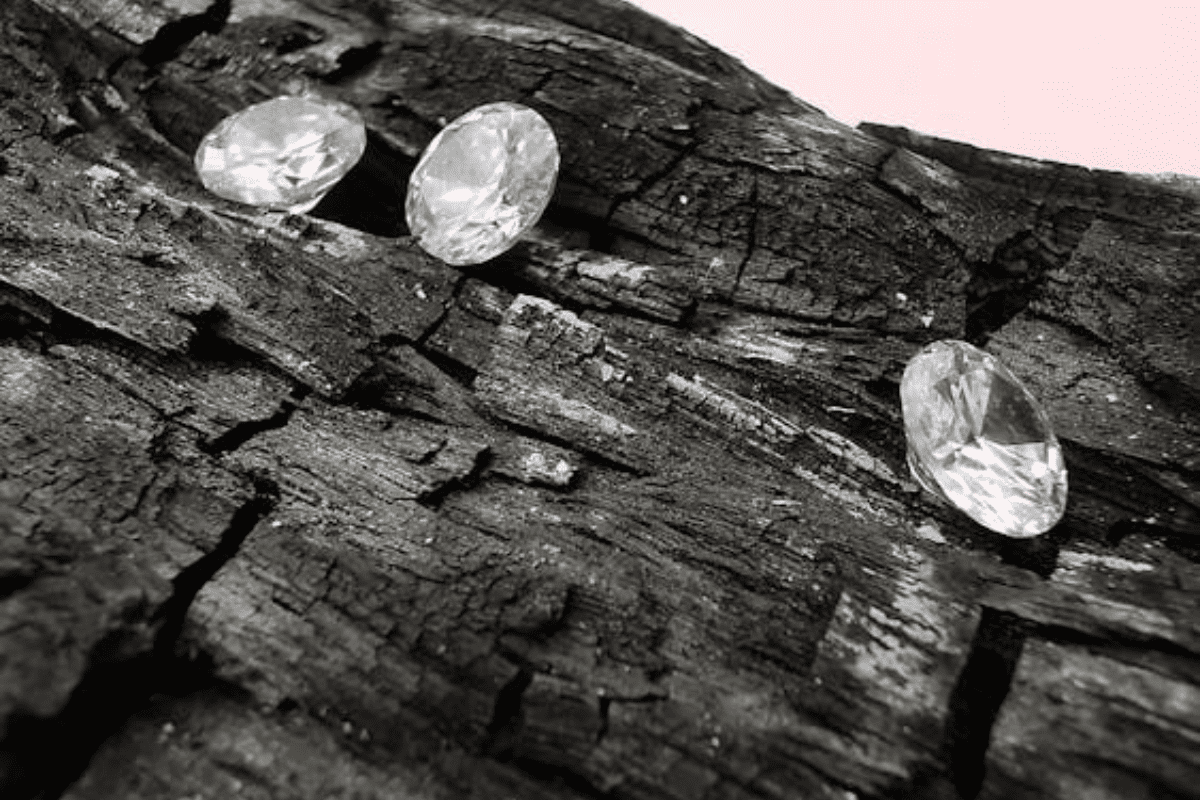CVD & HPHT Diamonds: A Simple Guide to Lab-Grown Diamond Differences
What Are Lab-Grown Diamonds?
Lab-grown diamonds are real diamonds created in controlled laboratory environments instead of being mined from the earth. They share the same physical, chemical, and optical properties as natural diamonds but are produced using advanced technology.
The two widely used techniques include Chemical Vapor Deposition (CVD) and High-Pressure High-Temperature (HPHT).
Why choose lab-grown?
Ethical: No mining or environmental harm.Affordable: Typically 30–50% cheaper than natural diamonds.Customizable: Scientists can control size, color, and quality.
Understanding the CVD Process
CVD (Chemical Vapor Deposition) diamonds are created in a vacuum chamber filled with a carbon-rich gas, such as methane. The process involves the following steps:Seed Placement: A thin diamond seed is positioned in a low-pressure chamber.Gas Introduction: Methane (CH₄) and hydrogen (H₂) gases are introduced at 20–30 kPa.Ionization: Microwaves heat the gas to 800–1200°C, ionizing it into plasma and breaking bonds to release carbon atoms.Layer Formation: Carbon atoms deposit on the seed at ~0.1–10 µm/hour, forming a square/rectangular diamond over 2–4 weeksPost-Growth Treatments: Annealing (1200–1600°C) or irradiation enhances color (e.g., removing brown tints) and clarity.
Understanding the HPHT Process
HPHT (High-Pressure High-Temperature) diamonds are created by mimicking the extreme conditions under which natural diamonds form. The process involves:Graphite Placement: A carbon source (usually graphite) is placed into a press with a gem seed.Extreme Conditions: The press applies intense pressure (about 1.5 million psi) and heat (over 2,000°C).Formation: Under these conditions, the graphite dissolves and recrystallizes around the seed, forming a diamond.
HPHT diamonds often have a slightly yellowish or brown tint but can be treated to improve color.
Understand Through Table
FeatureCVD DiamondsHPHT DiamondsGrowth ProcessLayered carbon deposition in a vacuum chamberHigh pressure and temperature mimicking Earth's conditionsGrowth ShapeGrows in square or rectangular shapeGrows in cuboctahedral shapeGrowth TimeWeeksFew days of weekPost-Growth TreatmentOften needed for color improvementSometimes needed for color enhancement
Properties Difference Between CVD & HPHT
PropertiesCVD DiamondsHPHT DiamondsColorOften near-colorless; may have slight brown/gray tints (removed via post-treatment)More likely to be colorless (D-F grades)ClarityFewer inclusions (higher clarity grades)May have metallic inclusions from the growth processBrillianceExcellent; identical to natural diamondsSlightly more fire due to crystal structurePost-Growth TreatmentOften treated to improve colorRarely needs treatmentCostUsually cheaperSlightly more expensive
Choosing Between CVD and HPHT Diamonds: Which Is Better for You?
When deciding between CVD (Chemical Vapor Deposition) and HPHT (High Pressure High Temperature) lab-grown diamonds, the “better” choice depends on your priorities, budget, and preferences. Both methods produce stunning, ethical diamonds, but their differences matter depending on what you value most.
CVD Diamonds: Clarity and Affordability
If you’re seeking high clarity on a budget, CVD diamonds are a standout choice. The gas-based growth process minimizes inclusions (internal flaws), often resulting in diamonds graded VS or higher. While some CVD diamonds start with a faint brown or gray tint, post-growth treatments easily enhance their color to near-colorless grades (G-J). They’re also typically 10–20% cheaper than HPHT diamonds, making them ideal for cost-conscious buyers who want a larger carat size without compromising sparkle.
Choose CVD if:
You prioritize clarity and affordability.You’re okay with post-growth treatments.You want a sustainable option with moderate energy use.
HPHT Diamonds: Color and Purity
If colorless perfection is the aim, then HPHT diamonds are the ticket. They're grown to approximate Earth's natural diamond-forming conditions, which often result in D-F color grades (completely colorless) without needing treatments. It's also well-suited to producing vibrant fancy-colored diamonds with trace elements introduced during growth; for example, blue or yellow. However, metallic inclusions from the press can slightly compromise clarity, but these flaws are rarely visible to the naked eye without magnification. HPHT diamonds cost a bit more, as the process is energy-intensive.Choose HPHT if:
You want a colorless or fancy-colored pearl.You prefer minimal post-growth treatments.You’re willing to pay a premium for natural-like purity.
The Verdict
For engagement rings or everyday jewelry, both types are equally durable (10/10 hardness) and indistinguishable from natural diamonds to the naked eye. Your decision boils down to:
Budget : CVD wins for affordability.Color : HPHT excels in colorless grades.Clarity : CVD often has fewer inclusions.
If ethics and sustainability matter the most, both are excellent choices. Personally speaking, I will lean towards CVD for clarity and value; however, if you desire an absolutely flawless colorless gem, HPHT would be worth that investment. It is always necessary to check those certifications - be it GIA or IGI - and make your sparkle truly shine with a priority.

